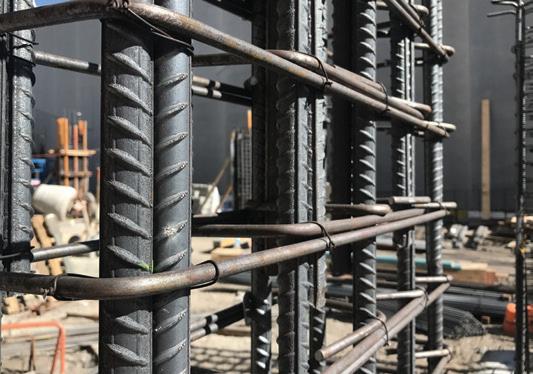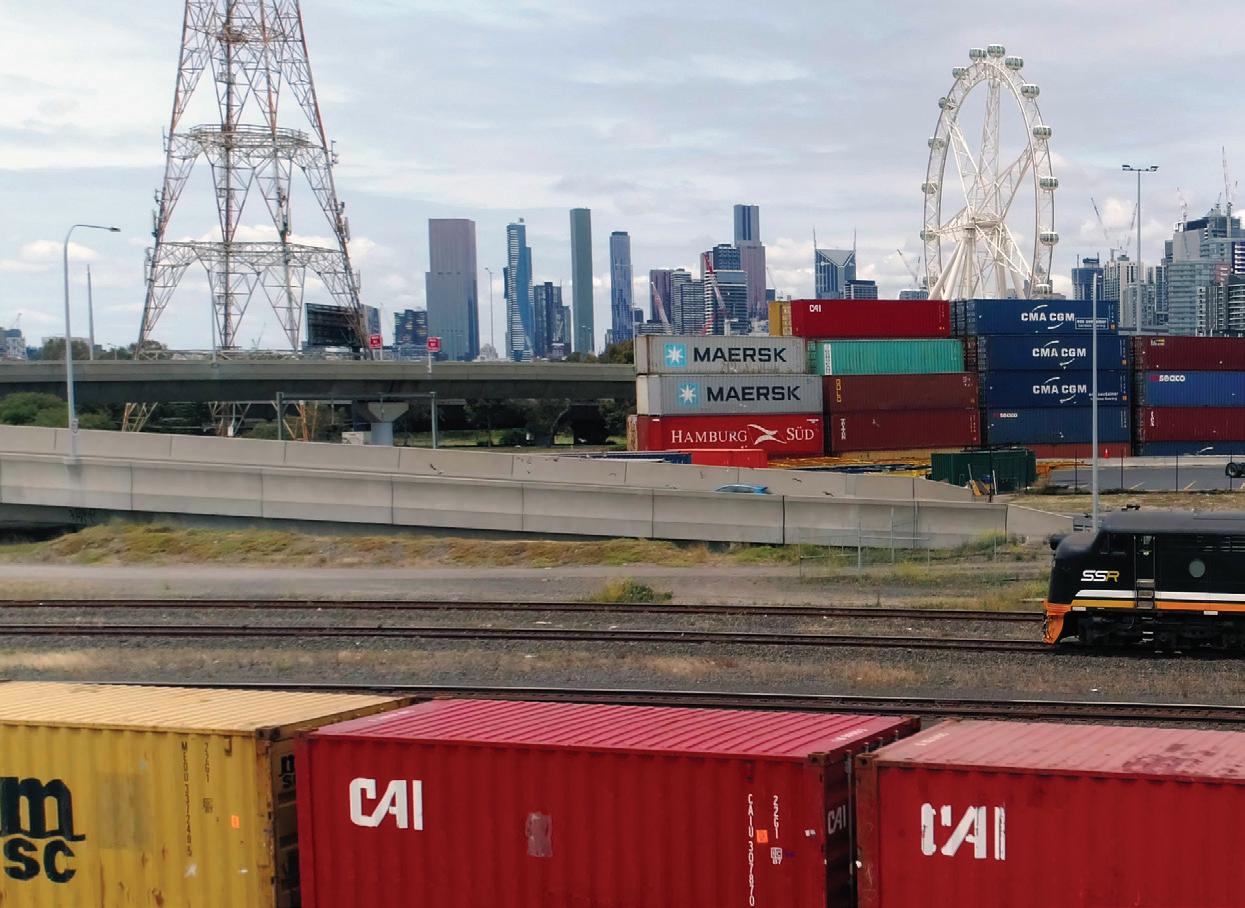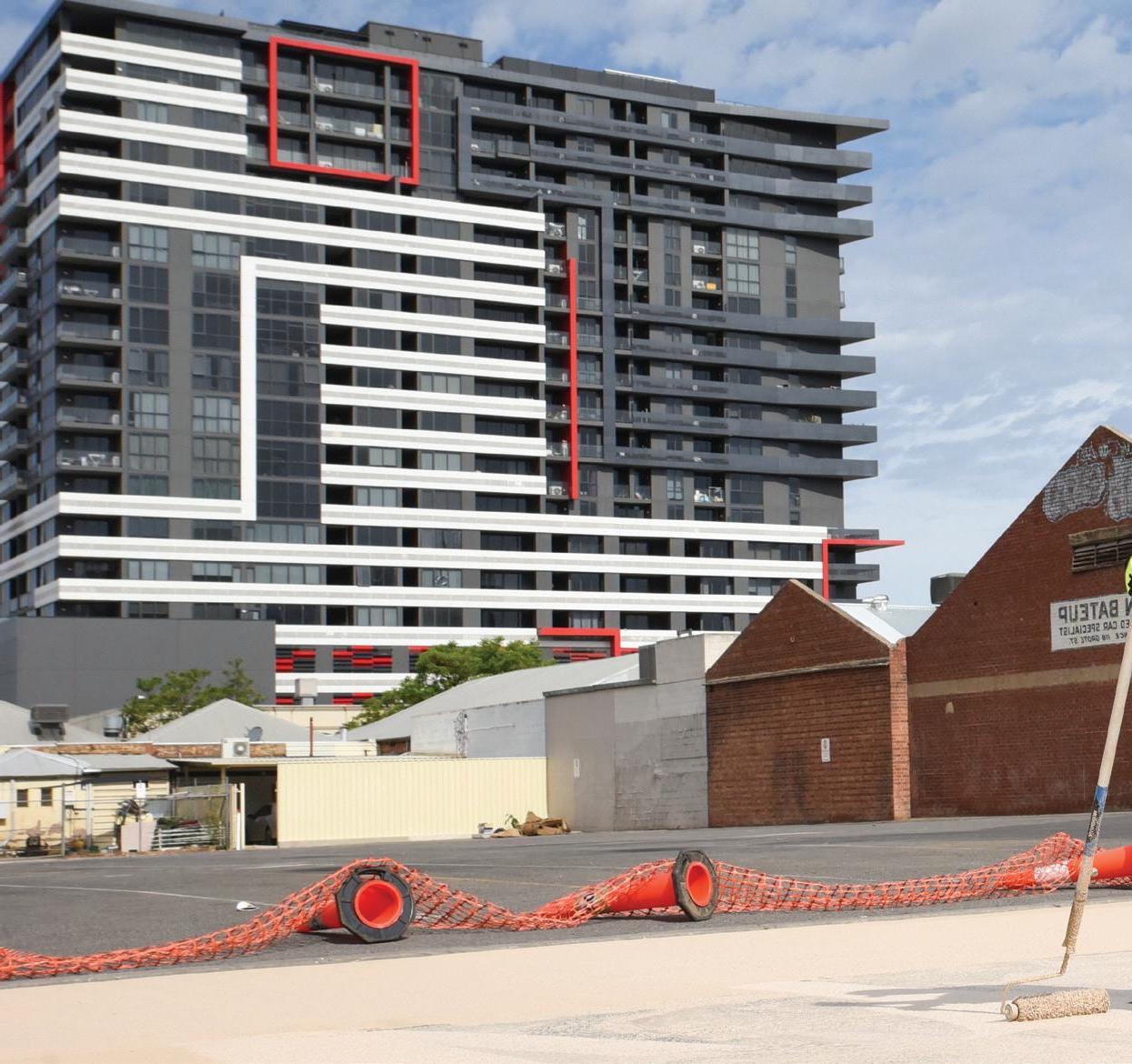ASSET INSPECTION & DRONES/UAVS
FIBRE OPTIC SENSORS MONITORING BRIDGES AND
CRITICAL STRUCTURES by Dusan Stojkovic, Senior Project Manager, VicTrack
The way we manage and maintain bridges and other structural assets is set to be revolutionised by the adoption of embedded sensors, system analytics and AI, making asset monitoring more accurate, more efficient and significantly cheaper.
F
iBridge – an advanced structural health monitoring (SHM) solution – uses fibre optic sensors to collect and return real-time information about structural health, providing asset owners or operators with a wealth of knowledge to proactively assess asset condition, manage maintenance and optimise operations. FiBridge grew from a VicTrack innovation project to improve asset monitoring and maintenance. Extensive trials conducted over two years proved FiBridge’s viability as an efficient and accurate asset monitoring system with strong commercialisation potential. VicTrack owns Victoria’s transport land, assets and infrastructure, including more than 2,500 bridges, on behalf of the State Government. VicTrack shares responsibility for keeping them all safe with rail operators V/Line and Metro Trains Melbourne (MTM). Our asset management program requires regularly taking stock of the structural health of bridges we manage and performing necessary maintenance. Until now, the only way to do that was periodic inspection by an engineer, usually twice per year – a huge undertaking considering the large number of bridges across the state. Periodic inspection on such a large scale is expensive, laborious and inefficient. Those aren’t the only problems. Inspections are also prone to human error – some faults are not easily visible to the human eye – and can be disruptive to road and rail users if a bridge has to be closed for inspection. We have thought for some time that there has to be a better way to monitor the structural health of Victoria’s bridge assets. We believe we’ve found it in FiBridge.
66
September 2020 // Issue 16
HOW FIBRIDGE IS A GAME-CHANGER FiBridge uses tiny Industrial Internet of Things (IIoT) connected sensors attached to a bridge’s structure. The sensors measure and estimate parameters including structural strain, thermal response, bending moments, shear/impact loads, vibration and corrosion – all indicators of a bridge’s structural health. Real-time data on the bridge’s performance is sent back to a remote single point for analysis. Bridge owners and operators are able to apply the diagnostic and prognostic information provided though physics-based system analytics and AI to manage assets, gaining efficiency and achieving cost reductions. RIGOROUS TRIALS The development of FiBridge kicked off in late 2017, funded by a $500,000 grant from the Victorian Government’s Public Sector Innovation Fund. VicTrack teamed up with Silicon Valley’s Palo Alto Research Center (PARC) – a Xerox Company – and Victorian Government partners including Department of Transport (now incorporating VicRoads and Public Transport Victoria) and Department of Environment, Land, Water and Planning (DELWP) – who manage thousands of bridges between them – Department of Premier and Cabinet, Office of Projects Victoria and education partners to test whether fibre optic sensing technology could be used to develop a costeffective and robust product for monitoring structural health in bridges. PARC-designed miniature fibre optic sensors were first installed on a major Victorian highway bridge, which was then subjected to controlled tests. This included identifying the best locations on the bridge to attach the sensors. To validate our www.infrastructuremagazine.com.au























